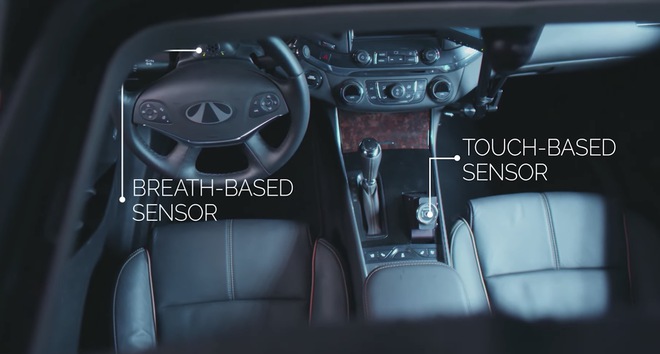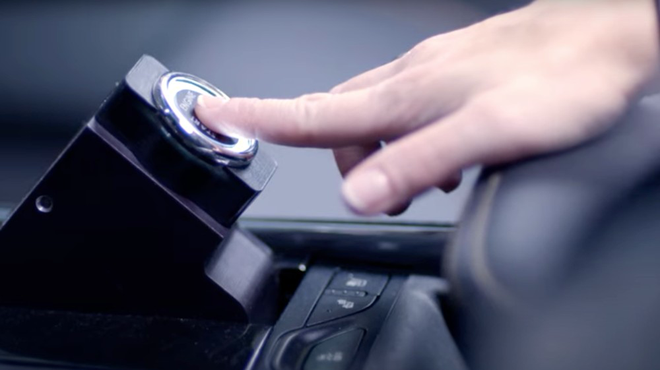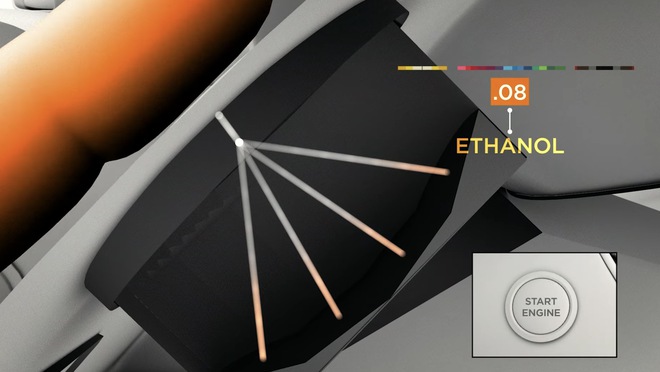New American bill: From 2027, if you drink alcohol, the car can refuse to let you drive
- Tram Ho
In the US infrastructure bill, there is a provision that would require all cars manufactured from 2027 onwards to be equipped with a drunk driver monitoring system, in the hope of ending The problem results in about 10,000 deaths in the United States each year. If passed, the bill would unveil a research program that the federal government and the auto industry group have collaborated on for more than a decade.
Since 2008, organizations have collaborated to invent a new technology that can prevent drunk driving. The National Highway Traffic Safety Administration (NHTSA) has partnered with the Automotive Alliance for Traffic Safety (ACTS), an industry group representing all major automakers, to establish the Safety Program Driver Alcohol Detection System, or DADSS for short.

The DADSS project was studied with two separate detection systems. One of them detects alcohol levels from the driver’s breath through the ambient air in the vehicle, which is said to be able to distinguish the driver’s breath from the breath of any passenger.
The other uses a touch sensor with an infrared light that can be combined with an engine start button to detect blood alcohol levels through the skin.
Both are designed to be passive monitoring systems, meaning the driver doesn’t have to do anything extra to get checked.

In theory, if the system detects that the blood alcohol level exceeds the legal limit, the driver will not be allowed to drive the car, but can still start to use the air conditioner or charge the phone. The technology will be open source licensed, so any vendor or automaker can use it, but it won’t be free.

While the infrastructure bill provision doesn’t specifically mention DADSS, it does require all passenger vehicles manufactured after 2027 to be equipped with passive drunk prevention technology. , an explicit implication of the program.
Of course, eliminating drunk driving through passive monitoring sounds great in theory, but the big question is whether the technology actually works. If such a technology were adopted for widespread use, it would likely be used hundreds of millions of times per day, meaning that even a 0.01% error rate would still lead to millions of violations. everyday.

Breathing sensor test
DADSS is currently testing what it calls a “GEN 3.3” breath sensor and says it will install it on government and business vehicles later this year. In a YouTube video providing an update on their study, DADSS said it conducted “200 days of research” in real-world conditions with 338 individuals across 40 vehicles with test sensors built in. experience. DADSS predicts the next “GEN 4.0” system will be small and reliable enough to fit into consumer vehicles by 2024. Inductive sensors will be tested a year later.
DADSS
Another question regarding drunk driving monitoring systems is user privacy. Cars are a privacy nightmare, packed with data about everything drivers do from opening doors to wearing seat belts to where they’re going and at what speed. Law enforcement agencies regularly receive orders to search for data in car systems. If the data on these passive drunk driving monitoring systems is located in the car itself, there is a chance that the police could obtain that data as well.
Regarding the privacy controls over its systems, spokesman Jake McCook responded: “Today, all automakers have security measures in place to protect their data. clients are not accessed by unauthorized parties, and DADSS standards will be no different.”
Reference: Vice
Source : Genk
